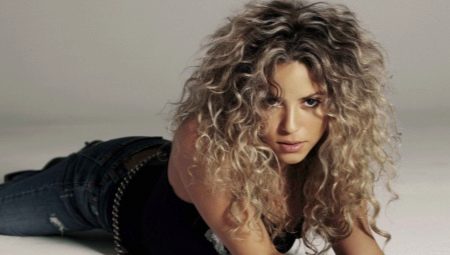Hair coloring is always popular among women. The subtleties of such a procedure depend not only on the chosen technique of dyeing, but also on the characteristics of the hair. The article will focus on how to color curly curls.
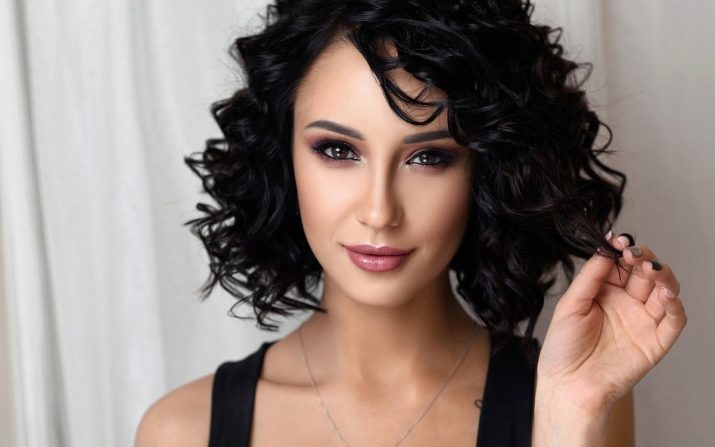
The nuances of painting
When dyeing hair at home, it is necessary to take into account the features of the strands. Otherwise, you can damage the curls or get the wrong shade. Curly hair has a more porous structure than straight hair. Therefore, when coloring curly curls, the coloring mixture penetrates the hair faster and easier, which allows you to get a more saturated shade.
Curly locks are also prone to dryness and brittleness. Such hair does not tolerate the effects of chemical compounds. It is best to paint at a hairdresser by experienced craftsmen to keep your hair healthy and get the right shade. With self-staining, the recommendations of specialists should be taken into account.
- When choosing a coloring agent, it is better to give preference to a composition without ammonia. This component negatively affects curly curls, so after dyeing the hair will become dry and lifeless.
- It is recommended to reduce the time for staining strands. Otherwise, the shade will turn out to be too bright, and the hair structure will be damaged. The rule also applies to lightening curls.
- You can not carry out the staining procedure immediately after perming. Hair needs time to recover. This may take about a month.
- If the curls were stained with natural compounds, for example, henna, then repeated dyeing with chemical mixtures can be carried out no earlier than 3 weeks later.Otherwise, the result after staining may be completely unexpected.
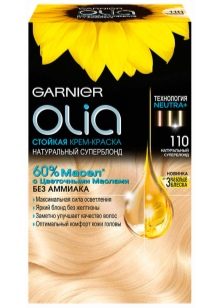
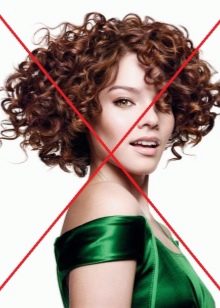

Color selection
For curly hair, you can use both simple plain dyeing and fashionable dyeing in several colors. It is important that the selected shade was correctly selected taking into account the features of appearance and curls. When choosing a paint, you can use the advice of experienced hairdressers.
- Dark curls give in to clarification, but at the same time the structure of hair spoils. Best used for dark strands are chestnut and chocolate tones.
- Blond curly hair can be ennobled by partial coloring of the strands in golden hues.
You can choose a hue, starting from the color type. The color type is a combination of skin tone, eye color and natural hair tone. The color type "summer" includes girls with fair skin, blue or green eyes and light blond curls. For this type, the best option would be cold shades of white or brown.
Paint in warm colors, as well as black, in this case it is better not to use it.

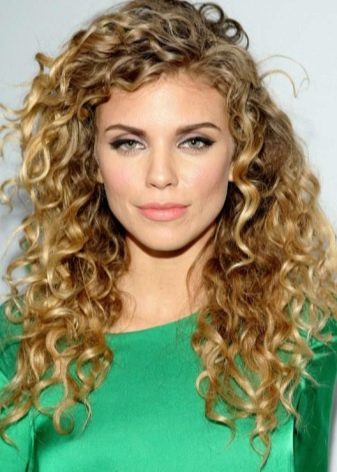
The type of "winter" include girls with very fair or dark skin and dark hair. Eyes can be green, brown or blue. For this color type, warm brown shades or blue-black are suitable. Unsuitable option would be all types of blondes, with the exception of platinum shades.
The color type "spring" includes girls with light green or gray eyes, fair skin and hair with warm colors. They are not recommended to stain in dark colors. It is best to use light paint in warm colors.
“Autumn” girls are characterized by dark or fair skin with freckles, brown or green eyes, and red hair. For this type, colors that have a blue or ashy shade are not suitable. The best options are golden or dark chestnut shades.
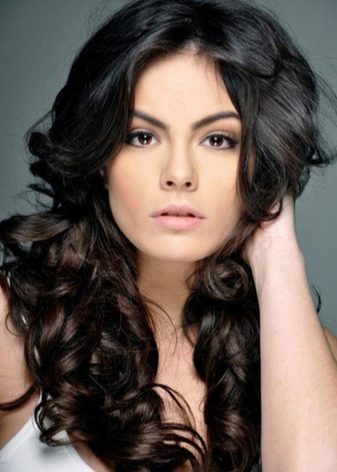
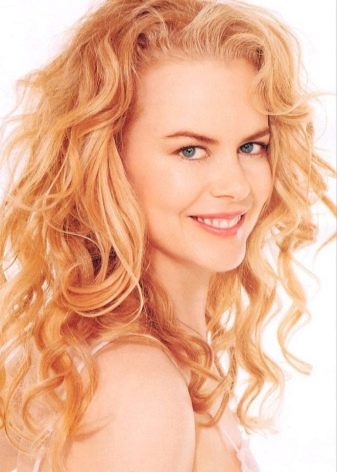
How to choose a paint?
When choosing a paint, you need to study the composition of the product. For curly strands, it is best to use mixtures without ammonia. You can buy professional paint in specialized stores for hairdressers or directly in beauty salons.
Before buying, it is recommended that you familiarize yourself with the latest in coloring products and study reviews. It is also worth remembering that with some professional paint products, oxide is not included in the kit, but is bought separately. There are several types of emulsion, depending on the content of hydrogen peroxide in its composition. The choice of oxide depends on the effect that must be obtained when staining:
- oxygen from 1.5 to 2% is suitable for light tinting;
- 3% - suitable for painting in the same shade or 1 tone darker;
- 6% - used to lighten a couple of tones or for better painting gray hair;
- 9% - used to lighten 3 tones;
- 12% - it is used only with certain coloring compounds to lighten 4 tones.
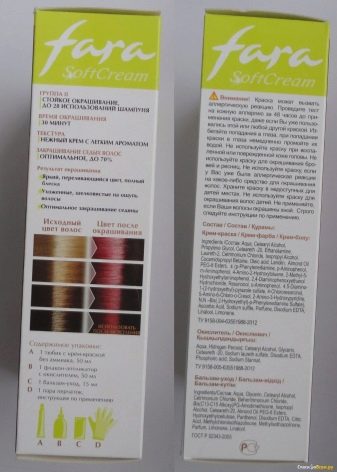

Kinds
When choosing the type of painting, it is important to consider not only the structure of the hair, but also their length.
For curly curls, you can use both simple plain and complex multicolor staining.
Ombre
Ombre is a transition of tones from the roots of a natural color to the ends of hair clarified by several shades. Such staining looks more impressive on long curly curls. The transition in this case can be both smooth and smooth, and quite clear.
Ombre is suitable for painting strands in warm colors. This technique is good in that the coloring is not done along the entire length, which helps to maintain healthy hair at the roots. Entrusting the coloring of your hair with the ombre method is best done by a professional, especially if the curls are quite short.
At home, without special skills, it will not be possible to create the correct transition of shades.
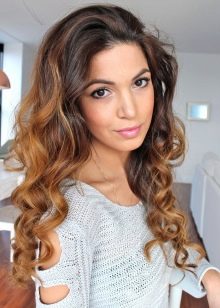

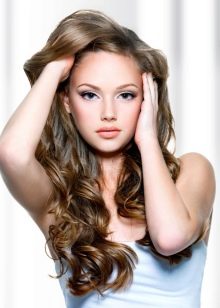
Gradient
Gradient staining involves a transition from very dark roots to light tips.As a result, the ends will differ from the roots by 6 or more shades. Usually the transition is carried out from the middle of the strands. This type of dyeing is suitable for medium and long hair.
Curls dyed using this technique will not often need tinting. As the roots grow, the gradient effect will not deteriorate. To use this technology of staining will not work in two cases: too short or light curls.
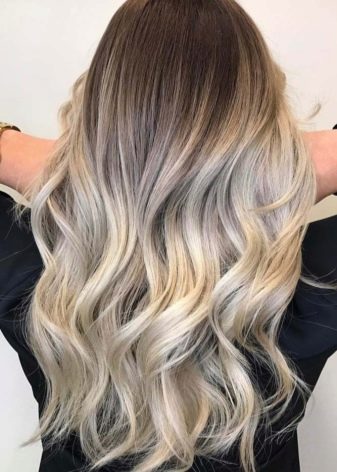
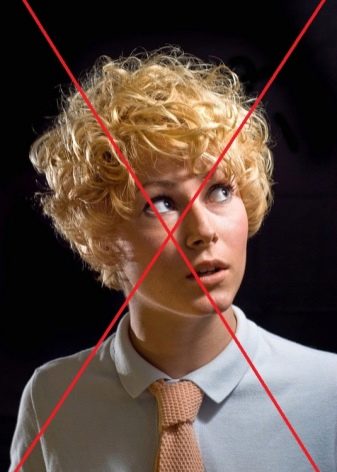
Highlighting
Highlighting is one of the most popular staining techniques. First of all, this is due to the versatility of the method, since it is suitable for hair of any length. Highlighting is the coloring of individual strands. Curls can be clarified or tinted in various shades after clarification.
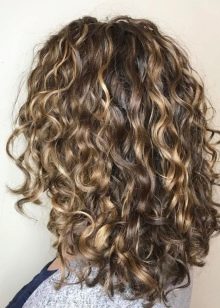
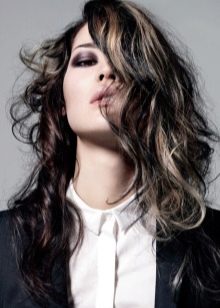
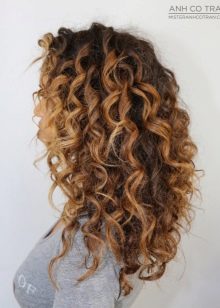
Balayazh
Balayazh is considered one of the varieties of highlighting. This technique is to partially lighten rather thick strands. When staining, the curls are necessarily wrapped in foil so as not to affect unpainted hair.
Thus, the desired pattern is created on the head, which in the end should look like the effect of hair burnt out in the sun.
This technique allows you to visually add volume to the hair.
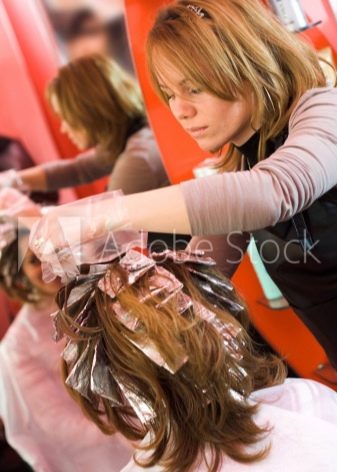
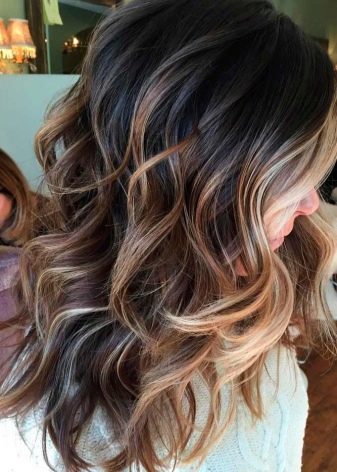
Bronzing
Bronding consists in coloring curls in dark and light tones of one palette. It is desirable that the natural color of the hair be light brown or chestnut. This technique visually adds a hairstyle to the volume.
The procedure of bronding is best done in a salon by professional hairdressers. To carry out such staining on your own is quite difficult, since it is important not only to choose the right shades, but also to evenly paint the curls.
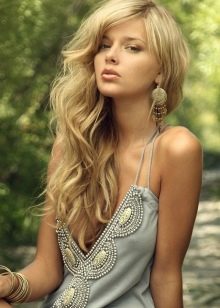
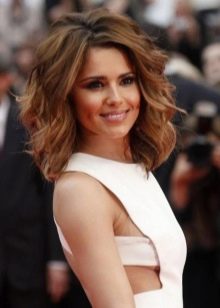

Further care
Since wavy curls are more sensitive to the effects of coloring compounds than straight strands, they require especially careful care after staining. Even professional gentle compounds can worsen the condition of the hair. After staining, it is best to use special shampoo and rinse conditioner, which includes keratin.
It is not recommended to dry hair after washing with a hair dryer - it is best if the locks dry naturally. Exposure to hot air will only aggravate the condition of the curls. It is recommended to use sprays to facilitate combing, which will minimize the risk of damage to the hair.
After staining, the curls need additional moisturizing and nutrition. For this purpose you need to use special masks. Suitable as store compositions, and products made according to folk recipes at home.
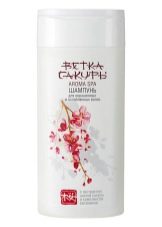

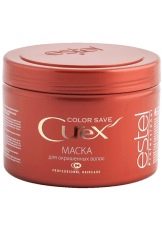

A few tips from a specialist will help you avoid mistakes when dyeing curly hair.
